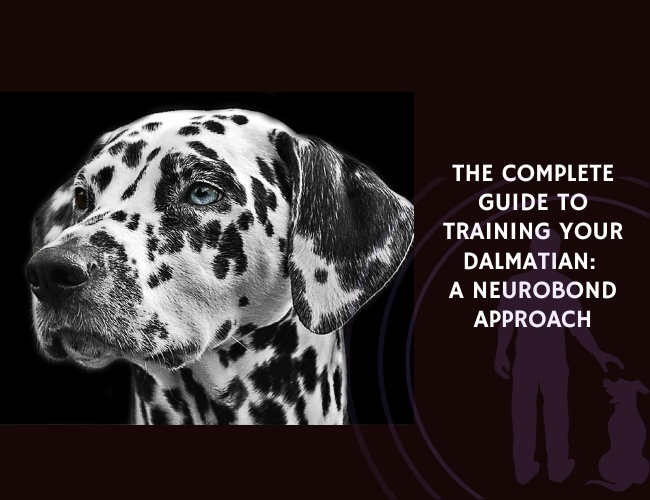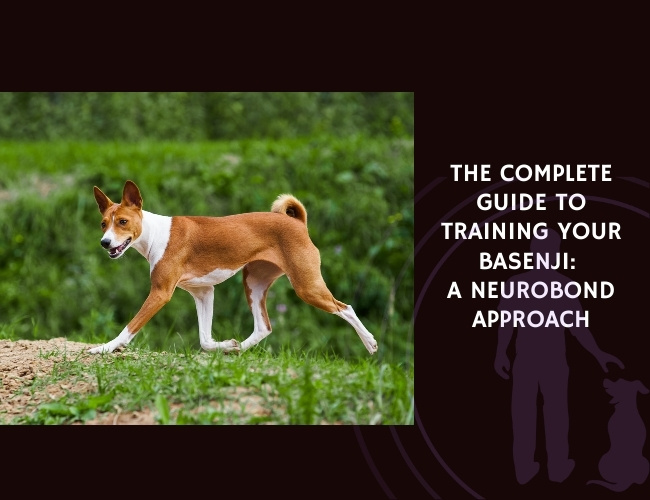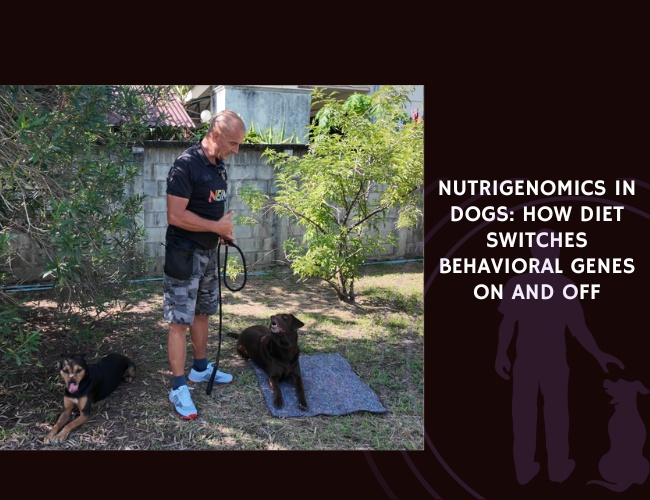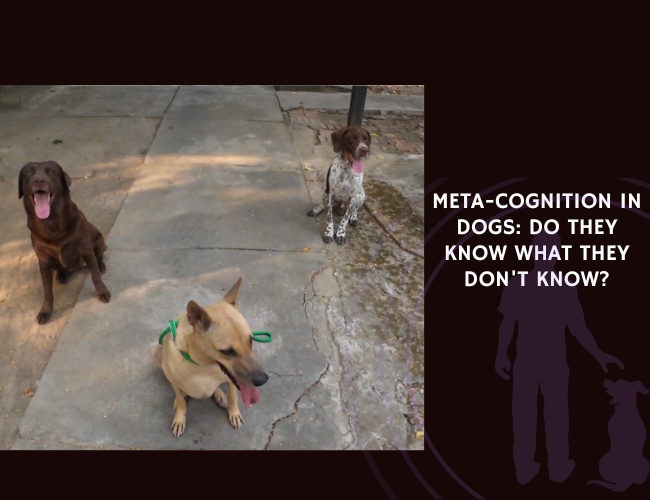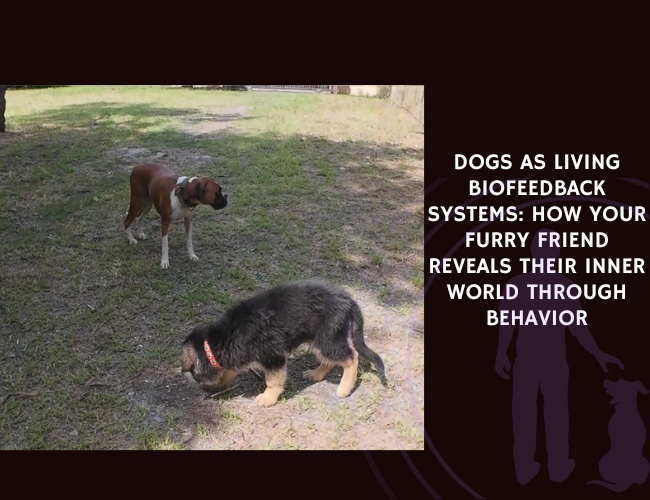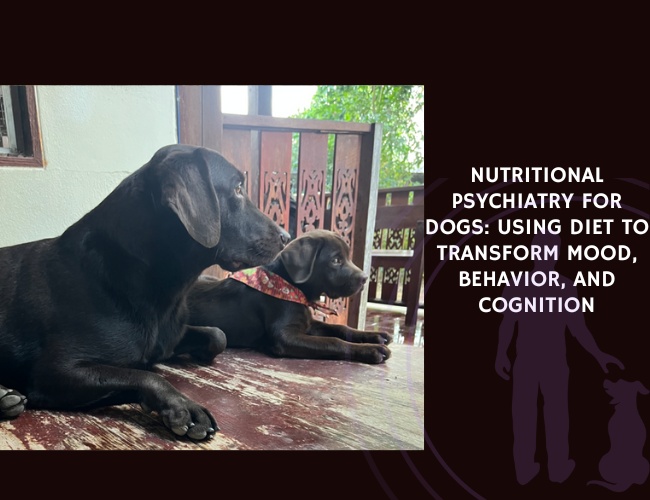Introduction
From the coaching inns of 17th century England to the firehouses of modern America, Dalmatians have carved their place in history as dogs of remarkable versatility and spirit. These spotted athletes weren’t just bred to run alongside carriages—they evolved as independent thinkers capable of making split-second decisions while maintaining unwavering loyalty to their human partners. Today, your Dalmatian carries this legacy of intelligence and autonomy, presenting both remarkable opportunities and unique challenges in training.
The traditional approach to Dalmatian training often collides with their inherent independence, creating frustration on both ends of the leash. This is where the NeuroBond philosophy transforms the training journey: rather than suppressing your Dalmatian’s natural instincts, we guide them toward constructive outcomes through connection, trust, and mutual understanding. Let us guide you through a training approach that honors your spotted friend’s heritage while building the invisible leash of genuine partnership.
Character & Behavior
Understanding Your Dalmatian’s Operating System
Your Dalmatian is, quite literally, an operating system on four legs—one programmed with centuries of carriage-running, guard duty, and independent decision-making. This breed’s intelligence manifests not as blind obedience but as thoughtful consideration of your requests. You might notice your Dalmatian pause before responding to a command, not from defiance but from their natural tendency to think things through.
The Independence Factor
Dalmatians possess what we call “selective cooperation”—they’re eager to please when the task makes sense to them. This trait, often mislabeled as stubbornness, actually reflects sophisticated cognitive processing. In the NeuroBond framework, we don’t fight this independence; we channel it. When your Dalmatian chooses to cooperate, it’s a genuine choice, making the bond far stronger than forced compliance ever could.
Energy as Communication
That boundless Dalmatian energy isn’t just physical—it’s deeply communicative. A Dalmatian who bounces off walls isn’t being “bad”; they’re providing feedback about unmet needs. Their high energy levels, when properly channeled through the NeuroBond approach, become the very pathway to connection. We let the dog be himself, recognizing that suppressing this vitality only creates behavioral pressure that will escape elsewhere.
Sensitivity Behind the Spots
Despite their robust appearance, Dalmatians carry surprising emotional sensitivity. They read human emotions with remarkable accuracy, often mirroring the energy they receive. This sensitivity means harsh corrections don’t just fail—they actively damage the training relationship. Your Dalmatian’s memory for negative experiences is as sharp as their memory for positive ones, making the NeuroBond’s emphasis on connection over control especially crucial. 🐾
Vocalization & Communication
Understanding How Your Dalmatian “Talks”
Dalmatians aren’t typically excessive barkers, but when they do vocalize, they’re remarkably expressive. Their communication style reflects their heritage as coach dogs who needed to alert without alarming the horses. You’ll discover your Dalmatian has a vocabulary of sounds, each with distinct meaning.
The Alert Sequence
Watch how your Dalmatian’s vocalization escalates: it often starts with a soft “whuff,” progresses to a single sharp bark, then potentially develops into rhythmic barking if the stimulus persists. This isn’t random—it’s systematic communication. In NeuroBond training, we acknowledge each level of alert, teaching the dog that we’ve received their message. This simple acknowledgment often eliminates the need for continued barking.
Body Language Symphony
Your Dalmatian’s primary language isn’t vocal—it’s physical. Those distinctive spots create a canvas for remarkably visible body language. Notice how muscle tension ripples across their coat, how their tail position shifts from high alertness to relaxed contentment. The famous “Dalmatian smile” isn’t anthropomorphism—it’s genuine facial relaxation indicating comfort and trust.
Creating Dialogue, Not Monologue
Traditional training often creates a monologue—human gives command, dog obeys. NeuroBond establishes dialogue. When your Dalmatian offers a play bow during training, they’re not being defiant—they’re suggesting an alternative approach. By responding to these communications, we build the mutual understanding that becomes the foundation for invisible leash work. Did you know that Dalmatians often develop unique “words” with their families? These personalized vocalizations emerge only in deep trust relationships. 🧡
Training & Education
The NeuroBond Learning Pathway
Training a Dalmatian through the NeuroBond philosophy means embracing their intelligence while providing the structure they secretly crave. Remember: zero effort leads to zero outcome, but full effort—properly directed—leads to full connection.
First Step: Build the NeuroBond
Before any formal training begins, we establish connection. For Dalmatians, this bonding phase is crucial because their independence means they must choose you as their trusted guide. Start with simple presence—sit quietly with your Dalmatian, no demands, no commands. Let them investigate, retreat, return. When they finally settle beside you, that’s the first thread of the NeuroBond forming.
The Standing Leash Revelation
Here’s where Dalmatian intelligence shines: practice the standing leash technique. Simply stand on the leash with enough length for your dog to sit or lie down comfortably, but not enough to jump or pull. Most Dalmatians will test the boundaries briefly, then—and this is the magic—figure out the solution themselves. When they choose to sit or lie down, reward immediately. You’ve just let your dog discover the answer through their own instinctive response.
From Resistance to Partnership
Dalmatians often show initial resistance to repetitive training—not from stupidity but from intelligence. They’re asking, “Why should I sit for the fifteenth time when I already showed you I know how?” This is where NeuroBond diverges from traditional methods. Instead of mechanical repetition, we create context. Practice sits before meals, downs before play, stays before adventures. Each repetition has meaning, transforming training from arbitrary commands to life skills.
Age-Appropriate Adaptation
- Puppyhood (8-16 weeks): Focus entirely on bonding and socialization. Dalmatian puppies are learning sponges, but harsh early experiences create lasting resistance.
- Adolescence (4-18 months): Channel that teenage independence through choice-based training. Offer options: “Would you like to heel nicely for treats, or would you prefer to practice stays for play time?”
- Adulthood (18+ months): Refine the invisible leash. By now, your Dalmatian should check in with you naturally, seeking guidance in new situations.
- Senior Years (7+ years): Respect the wisdom of age. Senior Dalmatians often become remarkably intuitive partners, requiring fewer words and more subtle communication.
Performance & Activities
Channeling the Coach Dog Heritage
Your Dalmatian’s DNA carries centuries of athletic performance. In the NeuroBond framework, we don’t suppress these drives—we give them purpose. Remember, instincts are acknowledged and redirected with intent.
The Running Partnership
Dalmatians were born to run alongside, not ahead or behind. This natural positioning makes them exceptional jogging companions once properly conditioned. Start with short distances, allowing your dog to find their rhythm beside you. You’ll notice something remarkable: most Dalmatians naturally match your pace without training. This isn’t obedience—it’s genetic memory.
Mental Athletics
Physical exercise alone won’t satisfy your Dalmatian’s needs. Their intelligence demands mental challenges. Hide-and-seek games tap into their hunting heritage while reinforcing recall. Puzzle feeders transform mealtime into problem-solving sessions. Most importantly, vary the challenges—Dalmatians quickly master routines and lose interest in repetition.
The Retrieve Reimagined
Traditional fetch often fails with Dalmatians because they see through the pointlessness of endless retrieval. Instead, create retrieval with purpose. Hide toys and send them searching, praise the find more than the return. Build sequences: find the toy, bring it to a specific location, perform a trick for release. This transforms mindless fetching into engaging problem-solving.
Agility: The Ultimate Expression
If there’s one activity that perfectly merges Dalmatian athleticism with intelligence, it’s agility. The sport’s combination of physical challenge, mental mapping, and handler partnership exemplifies everything the NeuroBond philosophy represents. Start with simple obstacles in your backyard—a jump made from a broomstick, weave poles from plungers. Watch how quickly your Dalmatian grasps the concept and begins offering variations. That’s not disobedience—that’s creative intelligence at work. 🐾
Nutritional Recommendations
Feeding the High-Performance Mind and Body
Nutrition directly impacts your Dalmatian’s ability to learn and connect. Their unique urinary system requires careful dietary consideration—not as limitation but as an opportunity to fine-tune their operating system for optimal performance.
The Purine Puzzle
Dalmatians process purines differently than other breeds, making protein selection crucial. Moderate protein levels (22-24% for adults) from low-purine sources like eggs, dairy, and certain fish support muscle maintenance without overwhelming their system. This isn’t about restriction—it’s about optimization. A properly nourished Dalmatian has steadier energy levels, improving focus during training sessions.
Hydration as Foundation
Your Dalmatian’s water intake directly affects their cognitive function and emotional regulation. Ensure constant access to fresh water, particularly during training. Dehydration can manifest as stubbornness or inability to focus—what looks like training resistance might simply be physiological stress.
Feeding Schedule as Training Tool
In the NeuroBond approach, mealtimes become training opportunities. Instead of free-feeding, use scheduled meals to reinforce connection:
- Morning meal: Practice calm settling before eating
- Evening meal: Incorporate simple obedience work
- Treats: Reserve high-value rewards for breakthrough moments in training
The Energy Balance
Monitor your Dalmatian’s weight carefully—excess weight dampens both physical ability and mental sharpness. Those spots should ripple over visible muscle, not padding. An overweight Dalmatian loses the athletic grace that makes training joyful rather than laborious. Use body condition scoring weekly, adjusting portions based on activity level and training intensity.
Spotted. Sharp. Sovereign.
Dalmatians don’t follow blindly—they choose partnership.
Their independence isn’t defiance; it’s discernment. When they cooperate, it’s not submission—it’s trust earned. This is a breed that trains with you, not for you.
Their energy speaks louder than their bark.
Restlessness isn’t mischief—it’s unmet purpose. A Dalmatian in motion is a Dalmatian in dialogue. You don’t silence the signal—you read it, channel it, and build with it.
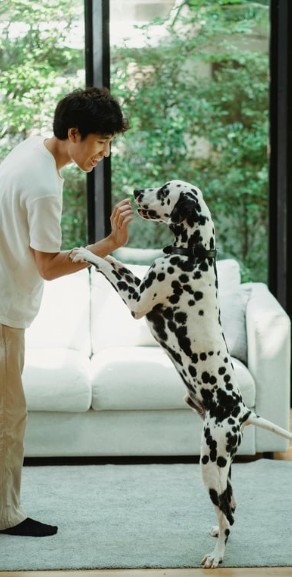
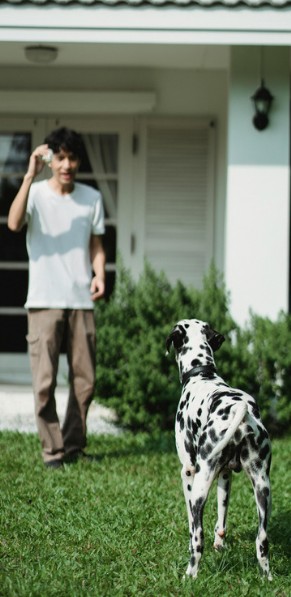

Every pause is a question—are you worth following?
When your Dalmatian thinks before acting, they’re not resisting—they’re deciding. Give them reason to choose you, and you won’t need a leash. You’ll have something stronger: commitment.
Health Concerns
Supporting the Whole Dog
Understanding your Dalmatian’s health predispositions helps us adapt training to support their complete wellbeing. In the NeuroBond philosophy, we never punish what might be health-related behavior—we investigate and adapt.
The Hearing Factor
Approximately 30% of Dalmatians experience some degree of hearing loss. This isn’t a training barrier—it’s an opportunity to deepen visual and tactile communication. Deaf Dalmatians often become exceptionally bonded to their handlers, reading body language with extraordinary precision. If you suspect hearing issues, have your veterinarian test early. Adapt training to include:
- Clear hand signals from the start
- Vibration cues through floor or leash
- Visual markers for attention and reward
Anxiety and Sensitivity
Some Dalmatians carry genetic predisposition to anxiety, possibly linked to their sensitivity and intelligence. This manifests as hypervigilance, reactive behavior, or shutdown in overwhelming situations. The NeuroBond approach addresses this through systematic trust-building:
- Never flood the dog with overwhelming stimuli
- Build confidence through choice-based exposure
- Create predictable routines that offer security
- Use calming protocols during training transitions
Urinary Health and Behavior
Stone formation can cause subtle behavioral changes—increased irritability, reluctance to move, or house-training regression. Any sudden training setback warrants veterinary investigation. Pain or discomfort undermines the trust essential to NeuroBond training.
Exercise-Related Considerations
Dalmatians’ athletic build predisposes them to certain orthopedic concerns. Avoid repetitive high-impact activities before full maturity (around 18 months). Build fitness gradually, focusing on varied terrain and movement patterns rather than endless repetition. A physically comfortable dog is a mentally available dog. 🧡
Lifestyle & Environment
Creating the Optimal Learning Ecosystem
Your Dalmatian’s environment profoundly impacts their ability to learn and bond. In the NeuroBond framework, we recognize that context is everything—the dog’s behavior always makes sense within their perceived environment.
Space as Teacher
Dalmatians thrive with clear spatial boundaries that offer both security and freedom. Create defined zones:
- Quiet space: A retreat where training never happens, allowing true relaxation
- Active zones: Areas designated for play and physical training
- Transition spaces: Hallways and doorways become natural boundary-training opportunities
The Social Environment
Your Dalmatian’s sensitivity to social dynamics means household energy directly affects training success. Tension between family members, inconsistent rules, or chaotic schedules create anxious dogs who struggle to learn. Establish family consistency:
- Everyone uses the same cues and rewards
- Rules remain constant across handlers
- Emotional regulation becomes a family practice
Environmental Enrichment
Boredom is the enemy of the Dalmatian mind. Rotate toys weekly, introduce novel objects safely, create treasure hunts throughout your space. An enriched environment reduces destructive behavior by providing appropriate outlets for investigation and play. Remember: destructive behavior is feedback about unmet needs, not defiance.
The Invisible Boundaries
As your NeuroBond strengthens, physical barriers become less necessary. Your Dalmatian learns to respect invisible boundaries—staying out of the kitchen during cooking, remaining in the yard despite open gates, choosing proximity over wandering. This isn’t magic—it’s the culmination of trust, clear communication, and consistent context. The invisible leash replaces physical restraint with chosen connection.
Senior Care
Honoring the Wisdom Years
Senior Dalmatians offer something remarkable: a depth of understanding that transcends traditional training. The NeuroBond approach recognizes that aging dogs teach us as much as we teach them.
Adapting Without Infantilizing
Your senior Dalmatian’s slower responses aren’t defiance—they’re processing changes. Adjust expectations while maintaining respect:
- Allow extra time for position changes
- Use verbal cues before physical movement
- Maintain training routines but reduce intensity
- Celebrate effort over precision
Cognitive Enrichment
Mental stimulation becomes even more crucial as physical abilities decline. Introduce new tricks that work within physical limitations—nose work, gentle puzzle solving, “find it” games that don’t require running. A mentally engaged senior Dalmatian maintains sharper cognitive function and deeper life satisfaction.
The Deepening Bond
Something beautiful happens in the senior years: the NeuroBond often reaches its fullest expression. Your Dalmatian may anticipate needs before you express them, offer comfort during difficult times, demonstrate patience with young children or pets. This isn’t training—it’s the full flowering of a lifetime relationship.
Health as Communication
Senior Dalmatians may develop conditions affecting training—arthritis limiting movement, cognitive changes affecting memory, sensory decline altering response patterns. Each adaptation is an opportunity to demonstrate that your bond transcends performance. When traditional commands become difficult, rely more heavily on the invisible connection you’ve built over years. Your presence alone becomes the cue for calm, cooperative behavior. 🐾
Conclusion: Is the Dalmatian Right for You?
The Dalmatian journey isn’t for everyone—and that’s precisely what makes it extraordinary for those who embrace it. Through the NeuroBond lens, we see Dalmatians not as dogs to be controlled but as intelligent partners waiting to connect with humans worthy of their collaboration.
You might be ready for a Dalmatian if:
- You view training as relationship-building, not dominance
- You have the physical stamina to match their athletic needs
- You appreciate intelligence, even when it manifests as independence
- You’re prepared to be truly seen by a dog who reads emotions with uncanny accuracy
- You understand that “stubborn” often means “thinking”
- You have the patience to let your dog find solutions rather than forcing them
The Dalmatian might not suit you if:
- You expect immediate, unquestioning obedience
- You prefer low-energy, highly dependent companions
- You’re uncomfortable with a dog who thinks before acting
- Your lifestyle can’t accommodate significant daily exercise
- You believe in “breaking” rather than building dogs
- You need a dog who thrives on repetitive, mechanical training
The NeuroBond Promise
When you commit to raising a Dalmatian through the NeuroBond philosophy, you’re not just training a dog—you’re developing a partnership that will challenge and change you. Your Dalmatian will teach you patience when they pause to consider your requests. They’ll show you joy in their exuberant greetings. They’ll demonstrate loyalty by choosing proximity even when freedom beckons.
The spots that make Dalmatians instantly recognizable are just the surface. Beneath lies a complex, intelligent, sensitive soul waiting for a human who understands that the best relationships aren’t built on control but on mutual respect, clear communication, and trust. Through patience, consistency, and genuine connection, your Dalmatian will transform from an independent thinker into an intuitive partner—not because you demanded it, but because they chose it.
The journey requires effort, patience, and a willingness to see training as dialogue rather than monologue. But for those who embrace this approach, the reward is profound: a spotted companion who reads your heart, shares your adventures, and chooses, every single day, to walk beside you on the invisible leash of genuine connection.

